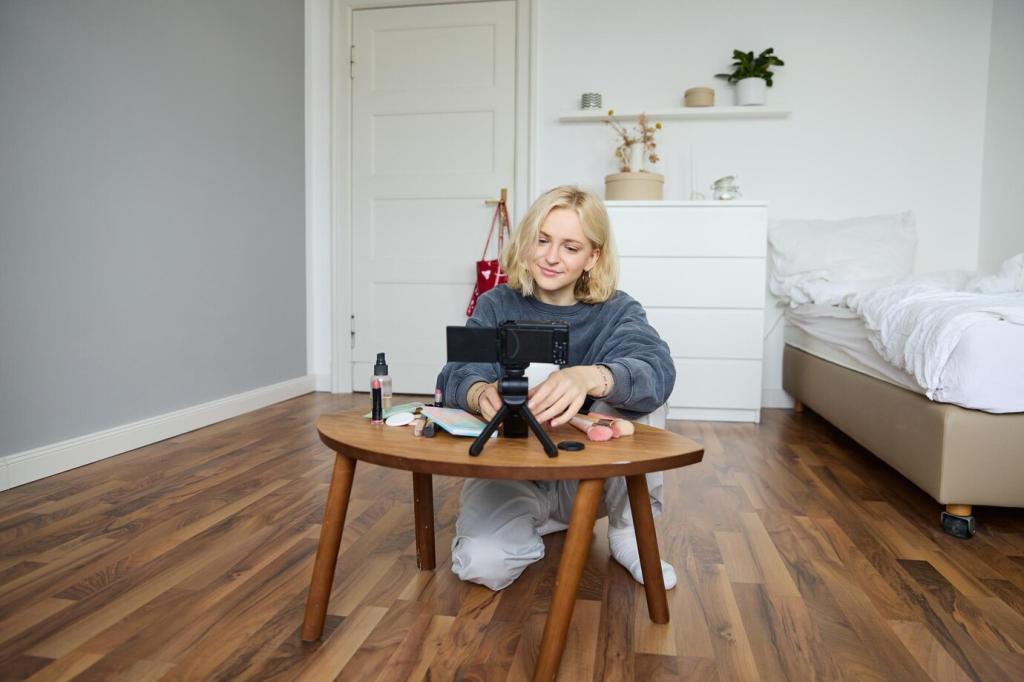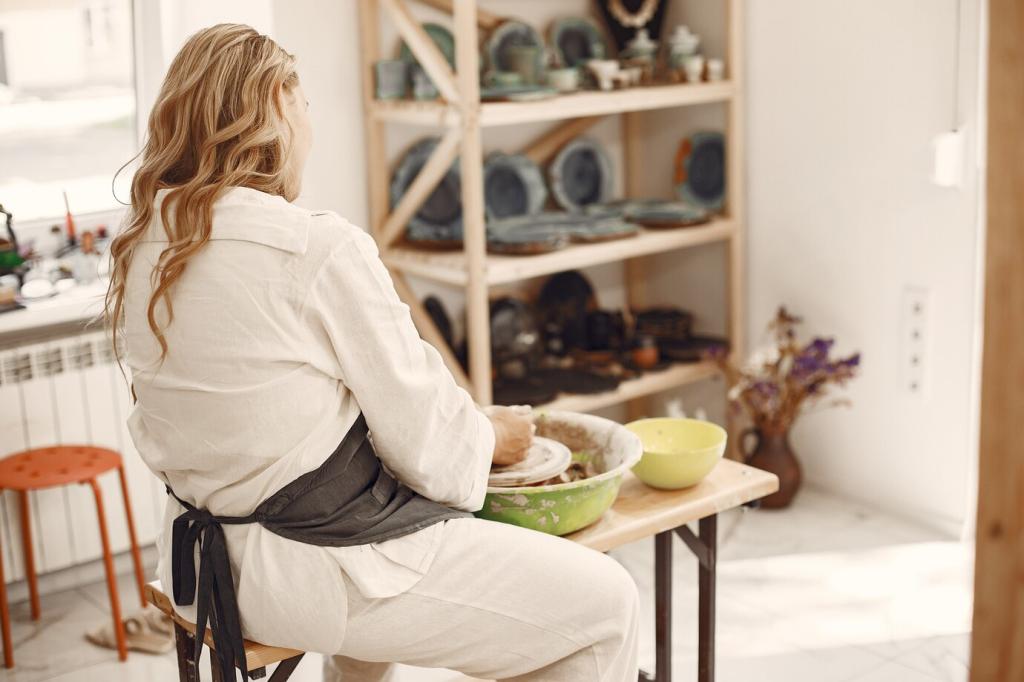Finishing That Honors Age
Dissolve dewaxed shellac flakes fresh for clarity, then pad thin coats with a whisper of oil. The quick cure and easy repair suit antiques perfectly. I revived a tired mahogany box this way—its glow returned without plastic shine. Curious about cut strength? Ask in the comments for our chart.
Finishing That Honors Age
Oil-varnish blends add durability while retaining a hand-rubbed feel. Finish with microcrystalline wax for a soft sheen and fingerprint resistance. Avoid heavy polyurethane films on delicate antiques. Different pieces need different protection—what’s your favorite finishing schedule for tabletops versus casework? Share your go-to sequence.







